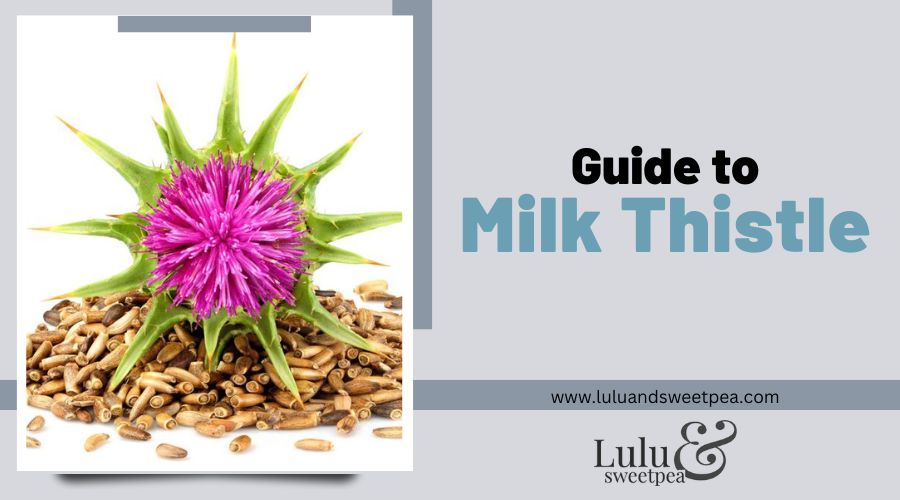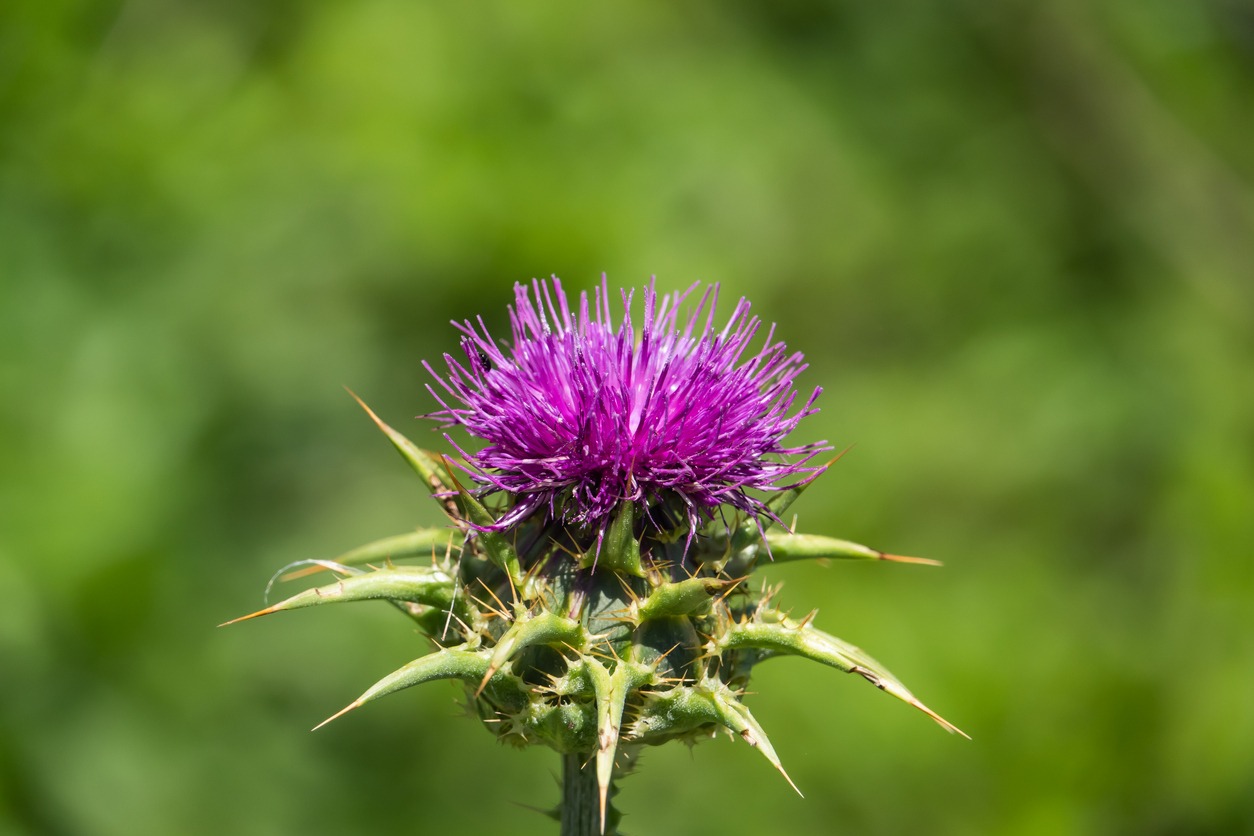Milk Thistle is a plant that is common in Europe and North America in ancient times. Recently, milk thistles are grown in the eastern part of the United States, California, South America, Africa, Australia, and Asia. Saint Mary’s thistle, blessed milk thistle, Mediterranean milk thistle, and Scotch thistle are other names called for milk thistle. Often used for liver and gallbladder problems, milk thistle’s benefits are well known all over Mediterranean countries.
Origins of Milk Thistle
Famous for its active component called silymarin, milk thistle is an herb whose fruits and seeds have been used for more than 2,000 years as a medicine for biliary and liver disorders. Traditionally, milk thistle’s leaves were used in salads, while the fruit of the flower can take as a substitute for coffee.
Despite milk thistle’s long history as a medicine for liver problems, it was in 1968 that silymarin was extracted from the seeds and became an active ingredient for many treatments. Since the plant grows faster than the other herb, gardeners consider milk thistle as a weed. As years passed, milk thistle was neutralized in North and South America and Australia.
Back in ancient times, a Greek physician named Dioscorides wrote a book describing milk thistle as a treatment for snakebites. During Middle Ages, people started using milk thistles for liver health problems. In the 1500s, John Gerard, an English herbalist, described milk thistle extract as a component helpful for emotional distress and depression. Later on, people started using not just the flower extracts of milk thistle but also its roots for different uses.
Characteristics of Milk Thistle
The milk thistle herb has red or purple flowers with shiny but pale leaves that have white veins. It can grow up to twelve to seventy-nine inches tall and has a conical shape. The base diameter can be as big as up to sixty-three inches. Some milk thistles have a cottony stem, while others have hollow stems. Its oblong leaves can either be pinnate or lobate with sharp edges. Furthermore, its leaves are shiny, hairless, and feature milk-white veins.
Generally, milk thistle flowering to fruit ripening takes 25 to 30 days, and when the buckwheat flakes are curled into the tube, and the top crest is open, seeds are mature enough to be harvested. Milk thistles typically bloom flowers from June to August in the Northern parts and from December to February in the Southern region. The bracts of the herb have triangle-shaped spine-edge appendages with a stout yellow spine. Additionally, the milk thistle’s achenes are black with a white pappus along with a yellow basal ring.
Benefits of Milk Thistle
1. Helps with liver health
Research evidence shows that milk thistle can cure cirrhosis and chronic hepatitis caused by alcohol abuse, autoimmune disease, or viruses. Silymarin, a component present in milk thistle, is well known for its purported effects on the liver. It can stabilize cell membranes preventing toxic chemicals from entering the cell. Silymarin is also responsible for stimulating detoxifying impact on the body and is beneficial to the liver.
2. Helps reduces bad cholesterol
Milk thistle reduces inflammation caused by bad cholesterol, cleaning the blood and preventing damage to arteries. By lowering LDL or “bad” cholesterol, milk thistle helps avoid heart problems in the human body.
3. Helps control diabetes
The main chemical found in milk thistle, silymarin, can control the effects caused by type 2 diabetes by lowering blood sugar levels. The milk thistle’s antioxidant property helps decrease insulin-resistant patients’ blood sugar levels.
4. Helps with immune system
Studies show that milk thistle extracts contain vitamins, minerals, and antioxidants that help boost the immunity system. Since it has a detoxifying function, milk thistle effectively reduces toxin-induced chemicals harmful to the body.
5. Helps protect against cancer
Milk thistle contains active compounds called flavonolignans and is an excellent source of a flavonoid called silymarin. Silymarin helps reduce the risk for cancer development (including breast cancer) by fighting DNA damage and reversing cancerous tumor growth.
The antioxidant stimulates protein synthesis and builds a protective outside lining layer for healthy cells, keeping them from any damage and mutations.
How to Make Milk Thistle Seed Extract
Ingredients
¾ cup of milk thistle seeds
proof alcohol
water
Step 1: Blend ¾ cup of milk thistle seeds in an herb grinder.
Step 2: Pour the blended milk thistle seed into a clean and sterilized canning jar.
Step 3: Pour 1 cup of proof alcohol into the jar.
Step 4: Add 1 cup of water, stir and mix the ingredients.
Step 5: Place the jar in a dark and cool temperature area and leave it for three to five weeks.
Step 6: Shake the jar to make sure the seeds are saturated with liquid.
Milk thistle seed extract helps treat liver problems such as cirrhosis and hepatitis. It is usually mixed with other herbal tea for more effective results.
Conclusion
Milk thistle is a plant named for white veins set on prickly leaves. Clinical study results prove how effective milk thistle is as an antioxidant needed by the body to prevent different diseases. Milk thistle can be sold as an oral capsule, tablet, and liquid extract. As it may be readily available in the market, it would be convenient to let this useful herb grow in your vicinity.

